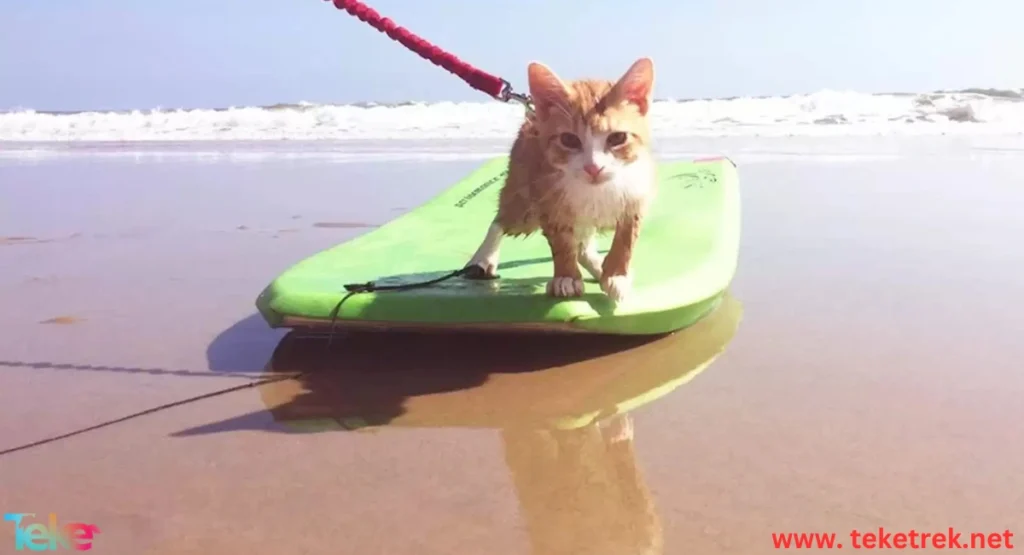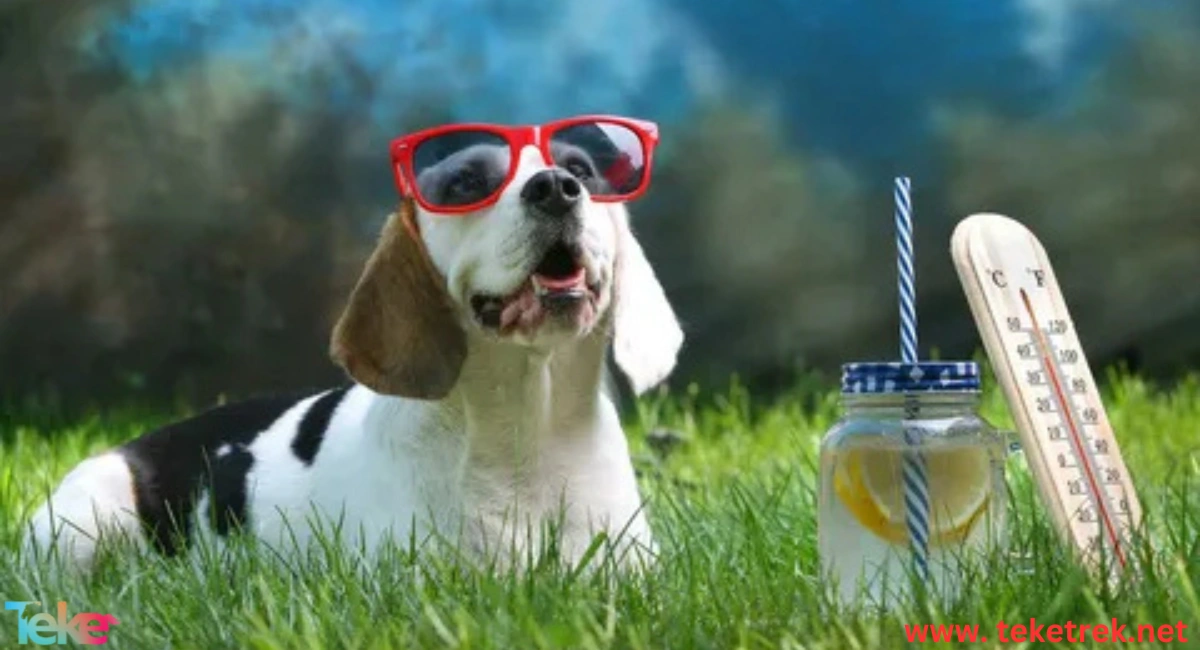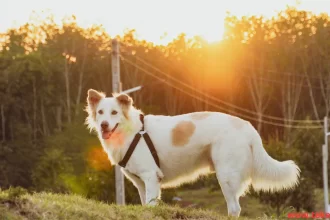Owning a pet is a wonderful experience that brings joy and companionship to our lives. However, it also comes with great responsibility, especially during the summer months when high temperatures can pose a serious risk to pets’ health and comfort. Since they rely on us to create a safe environment, it’s essential to take the necessary precautions to protect them from extreme heat, ensuring they stay cool and hydrated. In this article from teketrek, we provide the best tips for taking care of pets during the summer.
Top Tips for Keeping Pets Safe in Summer
To ensure your pet’s comfort in hot weather, consider the following useful ideas:
- Provide a cool and shaded environment: Make sure your pet has a comfortable spot away from direct sunlight, whether indoors or in the yard.
- Use additional cooling methods: Wipe your pet’s body with a damp, cool towel or use a fan to improve ventilation.
- Avoid going out during peak heat hours: Reduce outdoor activities in the afternoon and opt for early morning or late evening walks.
- Monitor for signs of heat stress: Watch for excessive panting, lethargy, or difficulty breathing, and take action immediately if you notice any severe symptoms.
- Offer flavored ice cubes: Freeze water with a little salt-free chicken broth or wet pet food for a refreshing treat.
- Place frozen water bottles near their bed: Wrap a frozen water bottle in a towel and place it near your pet to help them cool down without direct airflow.
- Take extra care of sensitive breeds: Remember that pets with thick fur or flat faces require additional attention in hot weather.
- Provide damp sand areas for cats: Some cats enjoy sitting on the sand, and slightly dampening part of it can create a cooling spot.
Introduce partial baths: Instead of a full bath, gently wet their paws or belly to lower body temperature. - Protect their paws: Use pet-safe wax or Vaseline to prevent paw pads from cracking or burning on hot surfaces.

How to Protect Your Pet from Extreme Heat
Pets regulate body temperature differently from humans, making them more susceptible to heat-related illnesses. Here are some ways to keep them safe:
- Feed small, frequent meals: Digestion generates internal heat, so dividing meals into smaller portions reduces the burden.
- Create shaded sandy spots: Some dogs enjoy lying on cool sand, so slightly dampening it can provide a natural cooling area.
- Limit exercise during hot weather: Even if your pet appears energetic, excessive play in high temperatures can cause overheating without immediate signs of fatigue.
Poison Dart Frogs: Uncover the Secrets of These Deadly and Dangerous Creatures
Importance of Hydration in Summer
Proper hydration is crucial in protecting your pet from heat. Here are some ways to keep them hydrated:
- Add a few drops of rose water to their drinking bowl: This can naturally cool the water and encourage some pets to drink more.
- Use cooling fabrics: Dampening a light cotton cloth and placing it on your pet’s back can help regulate body temperature.
- Use cooling mats under water and food bowls: This helps keep water and food fresh for longer, providing better hydration.
How to Protect Your Pet’s Skin from Sunburn
Pets, just like humans, can suffer from sunburn. To prevent painful burns, follow these guidelines:
- Avoid direct sun exposure: Limit outdoor activities between 10 AM and 4 PM when the sun is strongest.
- Be mindful of walking temperatures: The ideal walking temperature is between 10°C and 20°C. In hotter weather (25°C or more), shorten walks and avoid direct sun.
- Use pet-safe sunscreen: Apply it to sensitive areas such as ears, nose, and belly.
- Check for skin damage regularly: Look for redness or peeling, especially in sensitive areas.
- Moisturize the skin: Apply coconut oil or pet-safe moisturizers after sun exposure to soothe and protect the skin.
How Long Do a Dogs Live? Lifespan, Factors & Tips for Longevity

How to Recognize Heatstroke in Pets
Heatstroke can be life-threatening for pets, so recognizing the symptoms is crucial:
- Lethargy or loss of energy: The animal becomes very sluggish or unable to move.
- Excessive salivation: The animal produces an abnormally high amount of saliva.
- Noisy breathing or labored breathing: The animal may have difficulty breathing.
- Excessive panting: The animal is panting rapidly and heavily.
- Vomiting or diarrhea: The animal may begin vomiting or develop watery diarrhea.
If you notice these signs, move your pet to a cool place, offer water gradually, and use cool, damp towels to lower their body temperature. Seek veterinary care immediately if symptoms persist.
Final Thoughts
Taking care of your pet during summer is not just about comfort—it’s a necessity for their well-being. By following these simple tips, you can create a safe and refreshing environment, allowing your pet to enjoy the warm season without health risks. Keep a close eye on them, ensure proper hydration, and act quickly if any signs of heat stress appear. A little extra care can make a big difference, ensuring a happy and safe summer for both you and your furry friend!





